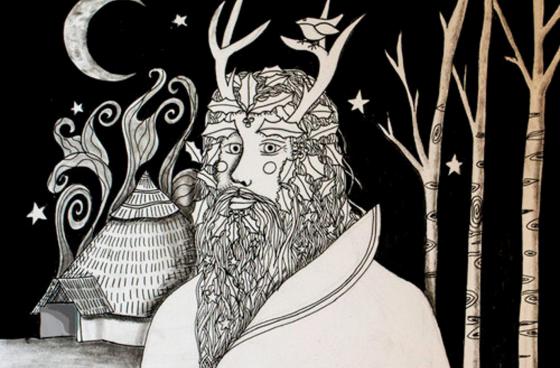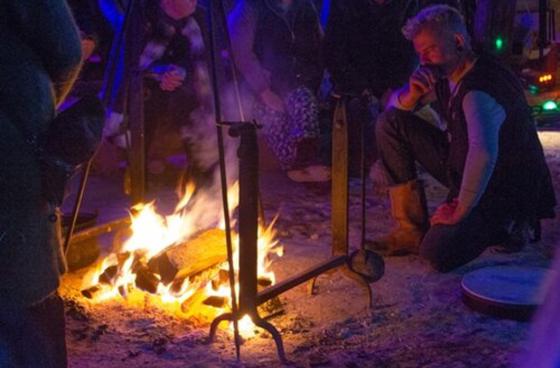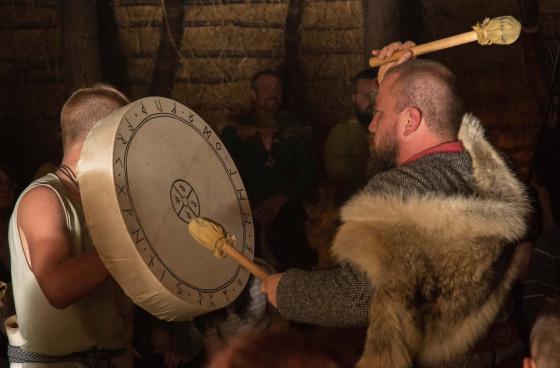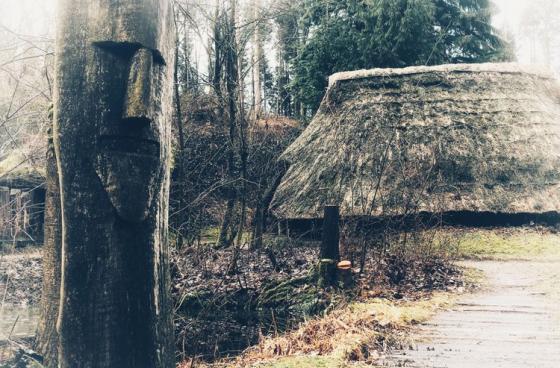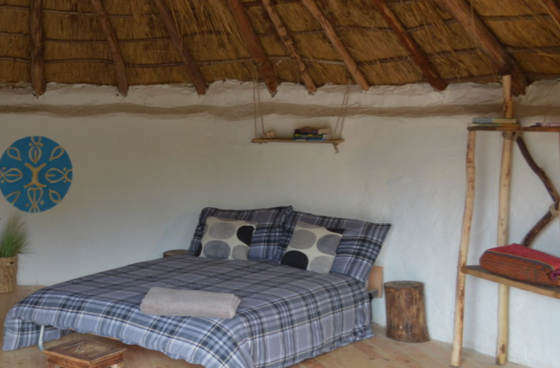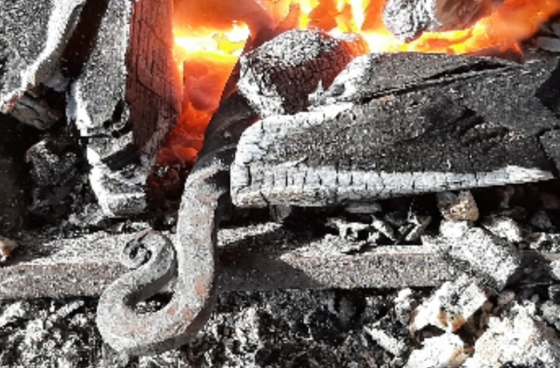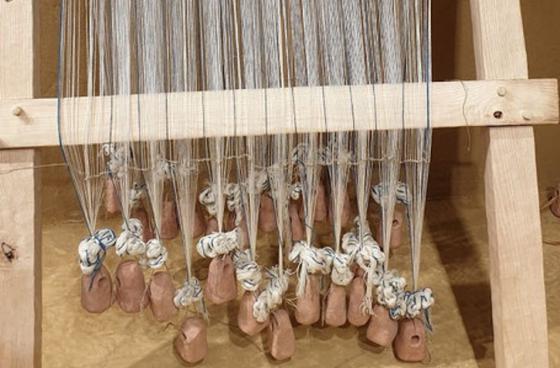Holly King - An Ancient Midwinter Celebration
A special experience for families to join the ancient midwinter celebration of the Holly King. In the dark, cold days of midwinter the holly tree grows green in the forest. When the summer trees have lost their leaves, the Holly King stands guard over the forest and its birds and animals, caring for them during the winter.

